1. Glassware Sets

There was a time when a trip to the grocery store didn’t just end with food in your bags—you might walk away with a shiny new drinking glass. Many supermarkets partnered with glassware companies to offer single pieces each week, encouraging shoppers to keep coming back until they had a full set. Some stores would even display the glasses in elaborate towers, making them look extra irresistible. For families on a budget, it was a clever way to build up a collection without spending much.
The designs often matched popular home décor trends of the time, from pastel floral patterns to gold-rimmed elegance. Kids loved the ones featuring cartoon characters, while adults appreciated the “fancier” sets for dinner parties. The best part was that these glasses felt like a reward for buying your usual groceries. It’s no wonder so many of them are now treasured vintage finds at thrift shops.
2. Dishware Pieces
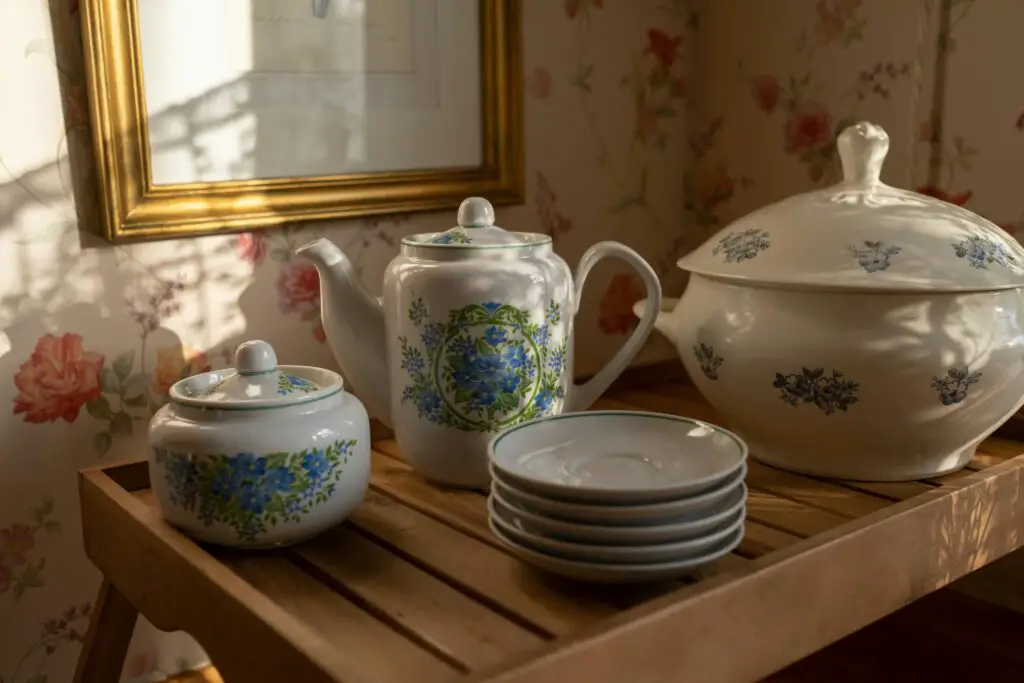
Supermarkets used to lure customers with fine china and stoneware sets, giving away one plate, bowl, or cup at a time. Each week brought a different piece, so you had to keep coming back if you wanted the full collection. It became a bit of a household mission for many shoppers, with families carefully tracking which pieces they still needed.
Some of these patterns became iconic, with retro florals or geometric designs that instantly bring back memories of mid-century kitchens. You might even find sets with matching serving platters and teapots if you were lucky. These “free” dishes often became the everyday dinnerware for years. For many, they were just as memorable as the meals served on them.
3. Green Stamps
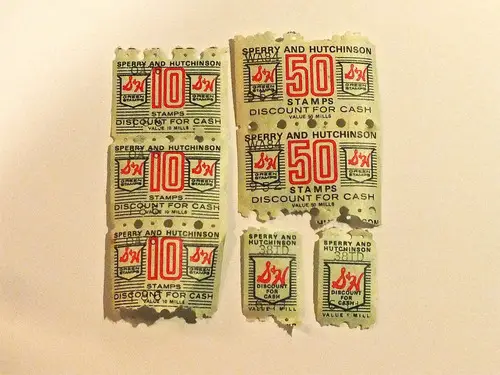
Long before loyalty cards, shoppers collected trading stamps like S&H Green Stamps with every grocery purchase. You’d paste them into special booklets and, once you’d filled enough, redeem them for a wide variety of household items from a catalog. It made grocery shopping feel a bit like a treasure hunt—your purchases were steps toward something bigger.
The catalogs were full of everything from blenders to bicycles, so it was easy to dream about what your stamps could buy. Some families saved up for months to get one big-ticket item. It was a marketing tactic that built fierce customer loyalty. While they’ve mostly disappeared, many people still remember the thrill of finally cashing in those stamps.
4. Towels

It wasn’t unusual for shoppers to receive a hand towel or dish towel as a bonus with their groceries. Stores often ran themed series, such as brightly colored florals or kitchen-friendly checkered patterns. Each week brought a different design, and regular customers would eagerly anticipate the new arrival.
These towels were more than just practical—they added a pop of personality to kitchens. Many households kept them in rotation for years, even after they became worn and faded. For families trying to stretch every dollar, free towels were a welcome treat. It was a small touch that made the weekly shopping trip feel more rewarding.
5. Silverware

At one point, grocery stores were practically silverware suppliers. Customers could earn a fork, spoon, or knife for free with a certain amount of purchases, or buy them at a steep discount using a store coupon. The idea was to get you hooked on completing the set, and it worked.
Families slowly built up matching flatware without ever stepping foot in a department store. The sets often had elegant designs that made even a simple dinner feel special. For some households, it was the only way they ever owned “nice” cutlery. Many of those pieces are still tucked away in kitchen drawers today.
6. Cookware

Free cookware promotions were another way supermarkets kept shoppers coming back. Stores partnered with well-known brands to offer frying pans, saucepans, or baking dishes as rewards for spending a certain amount. Each item was often high quality, making them genuinely useful additions to a kitchen.
Shoppers would plan their grocery trips carefully, sometimes buying extra just to qualify for that week’s giveaway. For newlyweds or first-time homeowners, it was a budget-friendly way to stock a kitchen. Decades later, some of those pans are still going strong—a testament to the quality of the freebies.
7. Comics
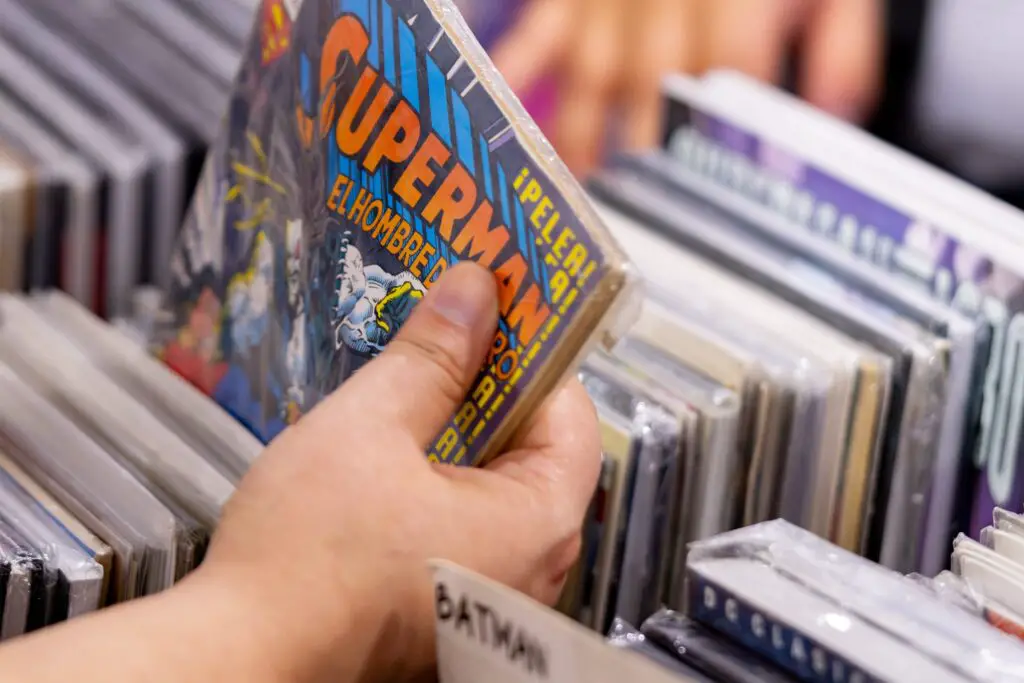
In the mid-20th century, it wasn’t uncommon for a child to receive a free comic book with their parent’s grocery purchase. These were usually sponsored by brands or local businesses and often featured popular characters of the day. Kids would beg to come along to the store in hopes of getting a new adventure to read.
The comics were sometimes thin and cheaply printed, but that didn’t matter to young readers. They made the grocery trip exciting and gave kids something to do while parents unpacked. In some cases, these giveaways even sparked a lifelong love of reading or collecting.
8. Recipe Booklets
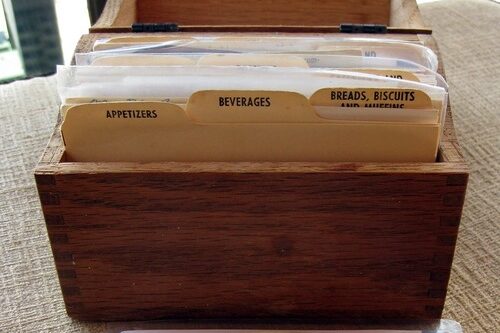
Before the internet made recipes just a click away, supermarkets often handed out free recipe booklets. These little pamphlets were usually tied to specific products, with creative ways to use them in meals. Shoppers might collect an entire series over several months, eventually building a personal recipe library.
The booklets were often filled with colorful photos that made the dishes look irresistible. Some recipes became family staples, passed down long after the booklet was tossed. They were a clever mix of marketing and practicality, and many people still remember them fondly.
9. Playing Cards

Believe it or not, grocery stores once gave away full decks of playing cards as a purchase incentive. Some were branded with the store’s logo, while others featured scenic photos, famous landmarks, or even recipe tips on the backs. They were inexpensive for the store to produce but surprisingly popular with customers.
Families kept them in kitchen drawers for rainy-day entertainment. For kids, they were an introduction to card games like Go Fish or Crazy Eights. And for adults, they were perfect for poker nights. It was a simple perk that added a bit of fun to everyday shopping.
10. Kitchen Utensils
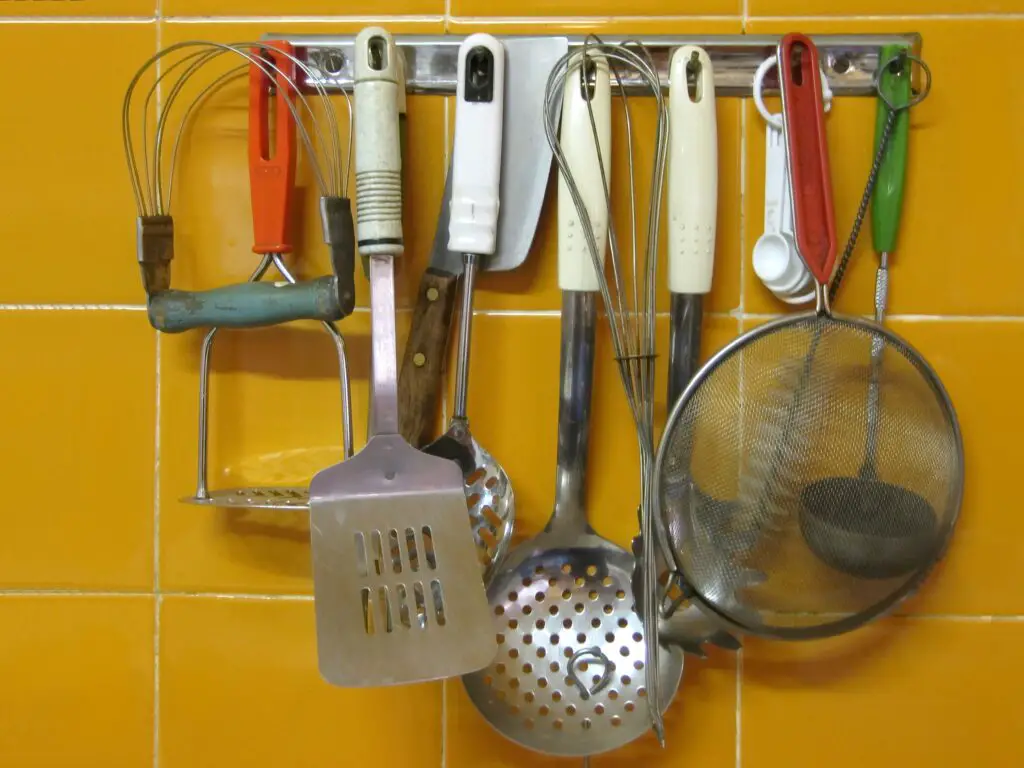
Shoppers could sometimes leave the store with a free spatula, ladle, or measuring cup tucked into their bag. These were often part of larger themed sets, encouraging customers to return until they had them all. For many households, they became permanent fixtures in the kitchen.
While some were cheaply made, others were surprisingly sturdy and lasted for years. Many were branded with the store’s name, serving as a constant reminder of where they came from. It was a small but effective way to keep customers loyal.
11. Board Games

In certain eras, grocery stores tapped into the family game night trend by giving away small board games. These might be travel versions of popular classics or simple, brand-sponsored games you could play in an afternoon. They were a hit with parents looking for affordable entertainment.
The games often tied into the store’s marketing campaigns, with logos and product imagery featured prominently. While not always the most exciting games, they still brought families together around the table. Some are now quirky collectibles, especially for those who grew up playing them.
12. Sewing Kits

Practicality was a big selling point in grocery giveaways, and sewing kits were a popular choice. These tiny kits usually included needles, a few spools of thread, and some buttons. Perfect for quick clothing repairs, they often lived in kitchen drawers or glove compartments for emergencies.
For households on a budget, they were a handy tool that could save a trip to the store. Many people learned basic sewing skills thanks to these little freebies. It was a reminder that grocery promotions once leaned heavily toward useful, long-lasting items.
13. Calendars

Stores frequently handed out free calendars toward the end of the year, often featuring picturesque landscapes, local scenes, or even coupons for each month. Customers came to expect them as part of their holiday shopping trip. They were both decorative and practical, hanging in kitchens or offices for the next twelve months.
These calendars often doubled as subtle advertisements, keeping the store’s name in view all year long. Some families even kept them as keepsakes if the images were particularly beautiful. In an era before smartphones, they were an essential household item.
14. Trading Cards

Long before baseball cards became purely collectible items, some grocery stores gave them away with purchases. These cards might feature sports figures, movie stars, or even animals and nature facts. Kids loved trading them with friends and trying to complete a full set.
Parents didn’t mind, as it made shopping trips more peaceful. In some cases, the cards tied into larger contests or promotions, adding an element of excitement. For many children, they were the highlight of grocery day.
15. Plants
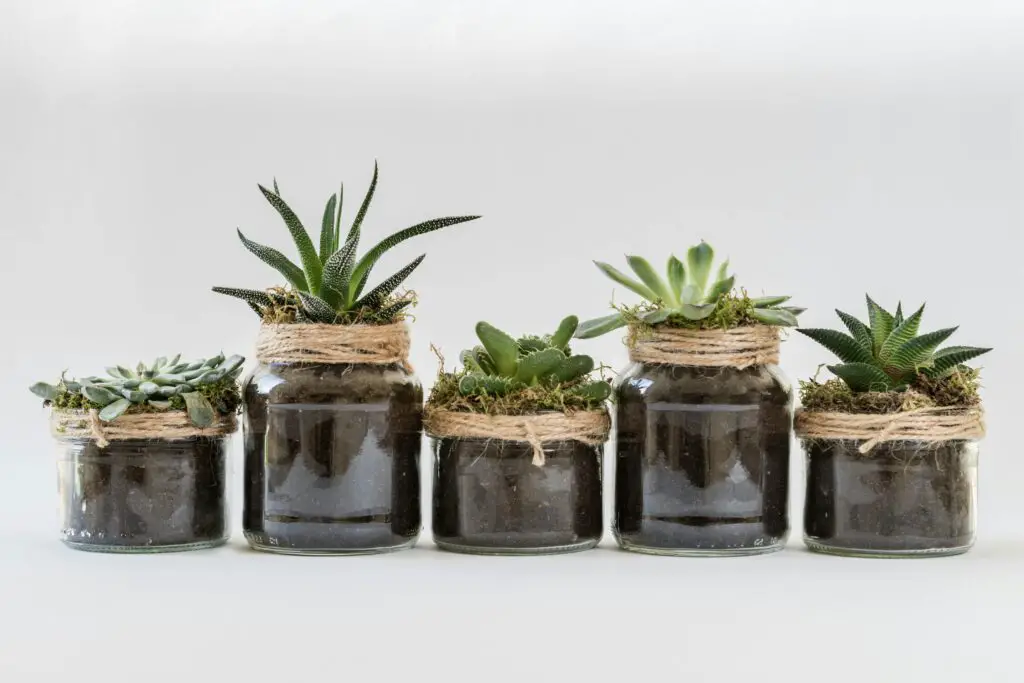
In a nod to promoting home gardening, some stores gave away small potted plants or seed packets. Customers could take home a little sprout or envelope of seeds and try their hand at growing flowers, herbs, or vegetables. It was a wholesome and interactive gift that families could enjoy together.
These giveaways often encouraged repeat visits, as shoppers returned to see what was available next. They also fostered a sense of community pride in gardening. For many, the plants served as a living reminder of the weekly trip to the store.
